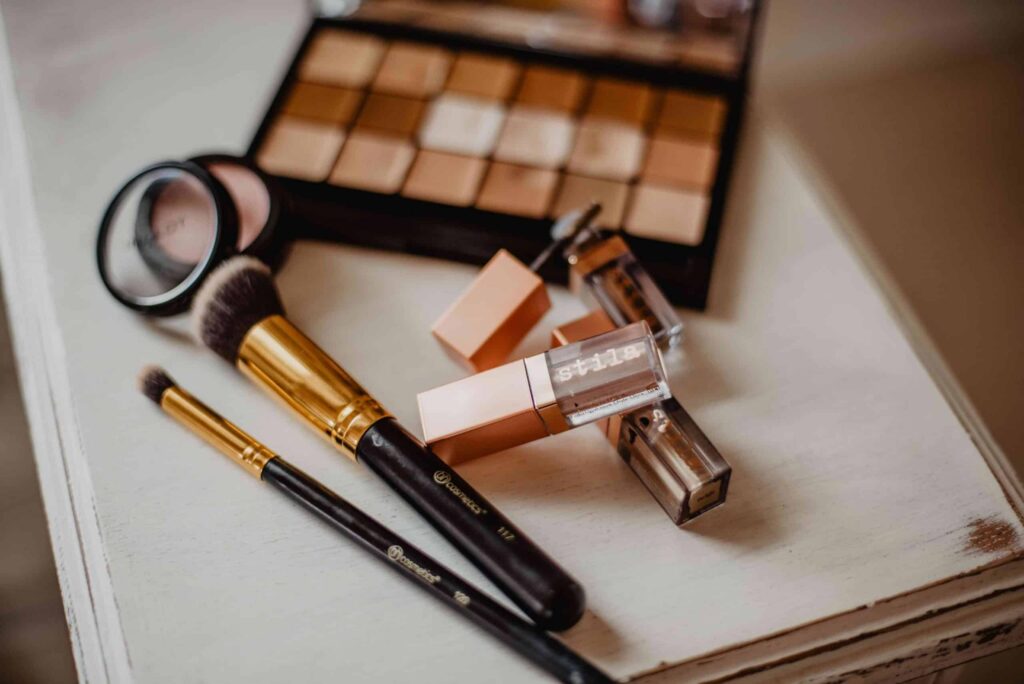The popularity of the online Beauty and Cosmetics industry has been an uphill trend since 2009, following the rise of Youtube tutorials and Instagram makeup looks. The only recent hiccup was after the onset of the pandemic, which affected many other industries too, but beauty and make-up brands were able to recover almost immediately.
Two years later, restrictions have started to ease, but with a majority of people still staying at home, it got us thinking: How is the Beauty and Cosmetics industry faring during these times? Is it still in increasing demand?
Looking at website traffic is an excellent way to ballpark an industry’s health, especially those that rely on e-commerce marketing such as the Beauty and Cosmetics industry.
Australian Beauty & Cosmetics Industry 2022
Much like brick-and-mortar stores, online visits to a retailer or purchasing platform website suggest the consumers’ greater tendency to purchase. If we take a look at the topics for Beauty and Cosmetics today, we’ll see that people are very much into sharing their skincare and self-care routines on social media, especially with trends like #TiktokMadeMeBuyIt. This is a good indicator that consumers are online, are ready to spend, and are clicking on websites to learn more about the items they want to purchase.
The trend report above shows us the web traffic in the Beauty and Cosmetics industry for July – June 2021 (orange line) and July – June 2022 (blue line). What does this data say? Demand has increased!
Comparing the traffic for websites such as Hairhouse and Adore Beauty, we can see that the numbers have definitely improved compared to the previous year with a 14.4% growth in total visits. Performance per month remains consistent too—with November to January as its peak periods, playing at an average of 17.8% growth per month vs 2021.
Beauty & Cosmetics Industry Digital Marketing Channels
This traffic data specific to top-performing websites in the Beauty and Cosmetics industry can be analysed through a tool like SimilarWeb, which provides a macro health snapshot of industry performance.
The above data is a trend report demonstrating the popular digital marketing channels and volumes of traffic acquired through the channels, over time.
In terms of traffic source, Organic Search is at the top throughout the year (especially peak season) and accounts for 37.85% of traffic, with Direct Search following closely at 34.57%.
Beauty & Cosmetics Industry Organic Search Analysis
Organic search is a strong reflection of customer intent, and we can dive further by looking at the keywords people use to visit websites. This search data will give us an insight as to what consumers are looking for, which products or brands are in demand, and what topics grab their attention from the SERPs.
In 2022, we noticed that trending search terms can be categorised into two: Skincare and Self-care. The former focuses on specific brands that offer skin care products, while self-care covers home items made for cozy nights in.
Particularly, these keywords stand out, with the percentage increase of their month-over-month change in traffic volume:
Skincare:
- Laneige (+202.71%)
- Aesop (+62.68%)
- Drunk Elephant (+25.09%)
Self-care:
- Candles (+ 319.52%)
- Weighted blanket (+120.88%)
- Glasshouse candles (+184.24)
- Body scrub (+143.94%)
What could this imply? The Australian beauty market knows what they want in terms of skincare brands. Possibly reading from social media content or online reviews, they are more inclined to make brand or product searches, unlike in self-care where the keywords are more general (leaving more room for product discovery). We can also infer that perhaps, beyond looking good with cosmetics, people are now looking for holistic care for their skin and their mental wellbeing. This could possibly be influenced by the growing appreciation for “No Makeup” Makeup Looks and pamper night routines.
This information is essential if we want to adapt to the customer’s changing needs and bring them in through content, paid search assets, and the similar.
In summary:
- The Beauty and Cosmetic industry receive the most traffic in the months of November to January.
- Skincare and self-care searches drive the traffic for 2022.
- Skincare search terms are more brand-focused and specific, whereas self-care search terms are more general.
These insights are just some examples of how traffic data brings us valuable information on audience behaviour.
Want to know more about the beauty and cosmetics industry? We’d love to chat
